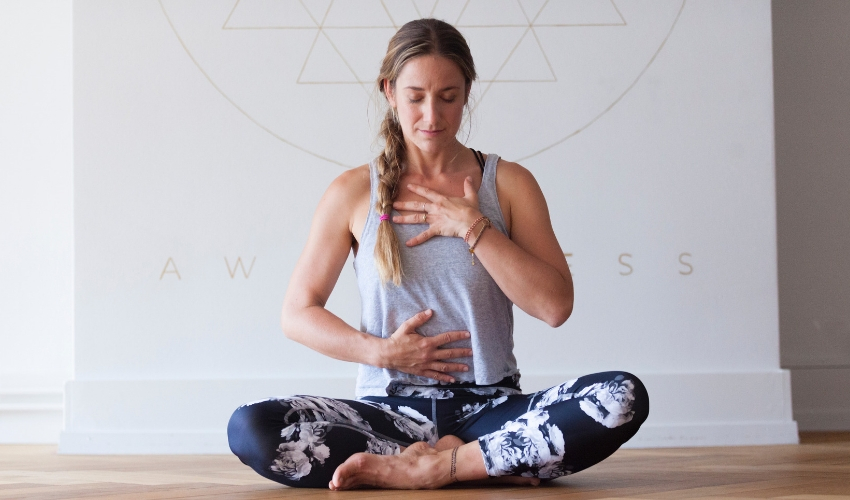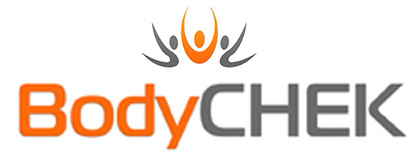If you have read my book, “The Coronavirus Survival Guide: The Secrets & Power of Your Immune System“, (that is FREE to download) you will know that ‘your breath’ can suppresses your immune function if you don’t know how to breathe correctly.

As we all know, breathing is essential to life and if we don’t get any oxygen our brain cells begin to die after around 3 minutes.
But the importance of breathing in the context of health has a few main aspects:
Firstly, our breathing is related to the sympathetic and parasympathetic nervous system that I discussed in the book.
For instance, our parasympathetic nervous system is stimulated:
– When we breathe through our nose
– When we breathe using our diaphragm
– When we breathe slowly
Our sympathetic nervous system is stimulated when:
– We breathe through our mouth
– When we use ‘accessary respiratory’ muscles
– When we breathe rapidly
So, if we want a strong and robust immune system, breathing slowly through our nose, using our diaphragm and breathing slowly will help to do this.
The way we breathe using the diaphragm is to ensure when we breathe in, our abdomen moves outwards, away from our spine without the chest expanding or shoulders hunching upwards.
One challenge to this can be if we have a blocked nose. If we have a blocked nose and both nostrils are blocked, then we have to open the mouth to breathe. As we do that, we stimulate the sympathetic nervous system.

Apart from things like the common cold, the most common reason people have a blocked nose is a food intolerance or sensitivity. I talk more about those in the book.
Faulty breathing patterns can occur for a number of reasons, but possibly the most common is stress. When we are stressed, we tend to breathe faster and shallower and we tend to use the ‘accessory respiratory’ muscles to breath. Using the accessory respiratory muscles are quite easily detectable, as you will see a person’s chest expands and/or shoulders elevate as they breathe.
This form of breathing is normal when we are exercising as it allows you inhale more air to provide the working muscles with extra oxygen. But, at rest, this is not ideal.
You may find, like most people that you use your ‘accessory respiratory’ muscles at rest. So, here’s an exercise you can do to re-train yourself:

Breath Training Exercise:
1. Lay of the floor on your back. Make sure you are comfortable
2. Bend your knees and have your feet flat on the floor
3. Place one hand on your chest and the other hand on your abdomen
4. Breathe in (and out) through your nose and notice which of the hands move
5. Focus on only allowing the hand on the abdomen to move. The hand on the chest should not move, unless you take a full breath and even then, it should only move during the last 1/3 of the inhalation
6. If you are finding it difficult to not breathe correctly, hold a half-filled water bottle or light dumbbell on your abdomen and attempt to push the object as high as you can as you inhale
7. Practise inhaling 3 seconds and exhaling for 3 seconds. Then 4 seconds in, 4 seconds out and see how slowly you can inhale and exhale. 10 seconds in and 10 seconds out is a good target to aim for. You should find that breathing through your nose, using your diaphragm will make you feel really calm and relaxed.
Of course, you can also practise breathing using some of the techniques I mentioned in the book such as: Meditation, Yoga, Tai Chi, or Qi Gong.
Practicing a breathing technique on a daily basis for 15-60 minutes will make you feel more relaxed and calmer over time and will help boost your immune system.
If you are not already doing something like this, please give it a go. There’s never been a better time in history to take responsibility for your own health than right now. 🙏🙏🙏
